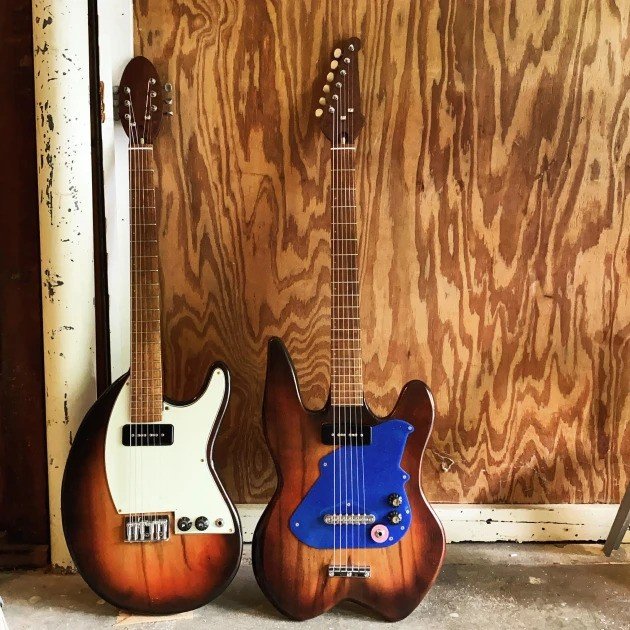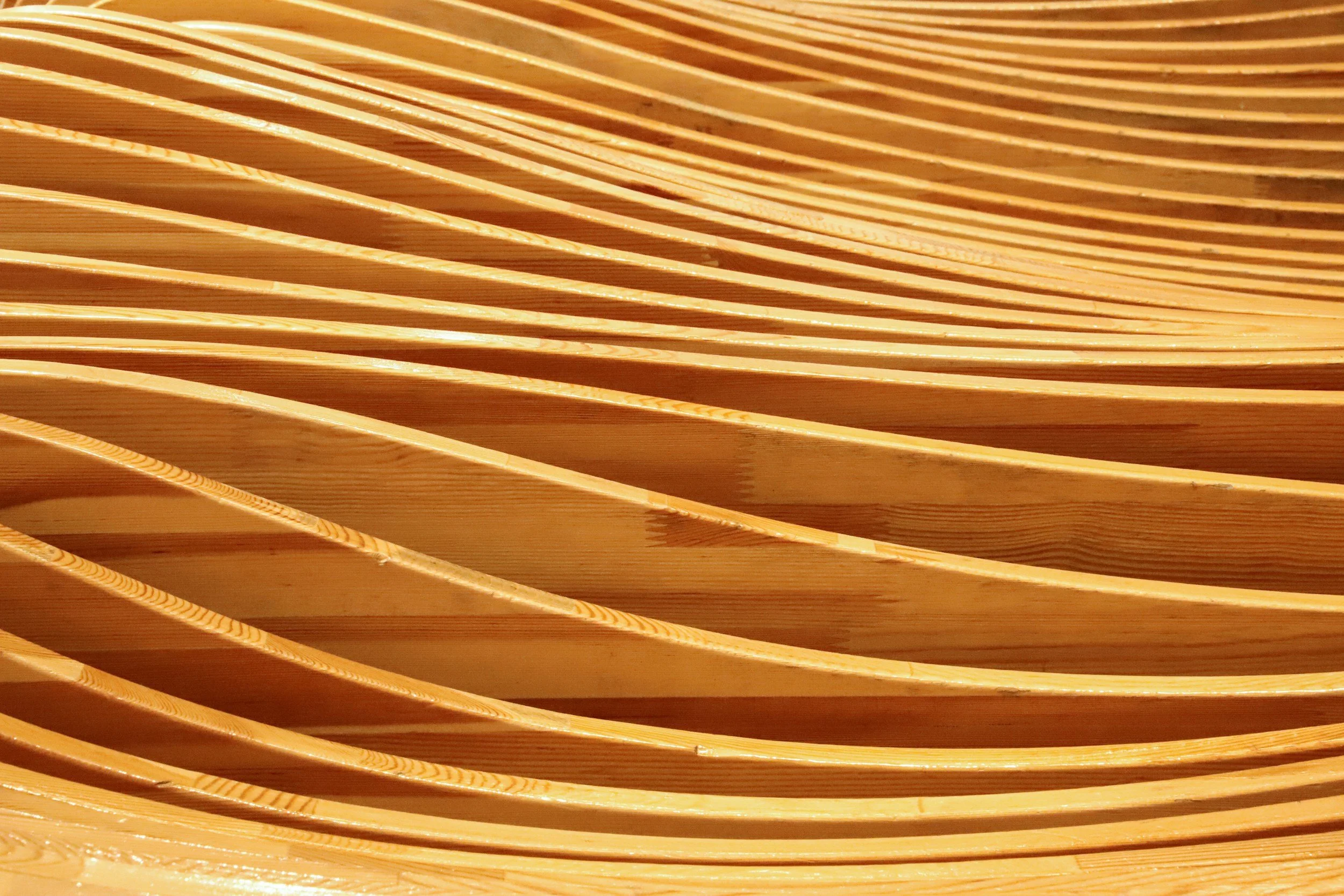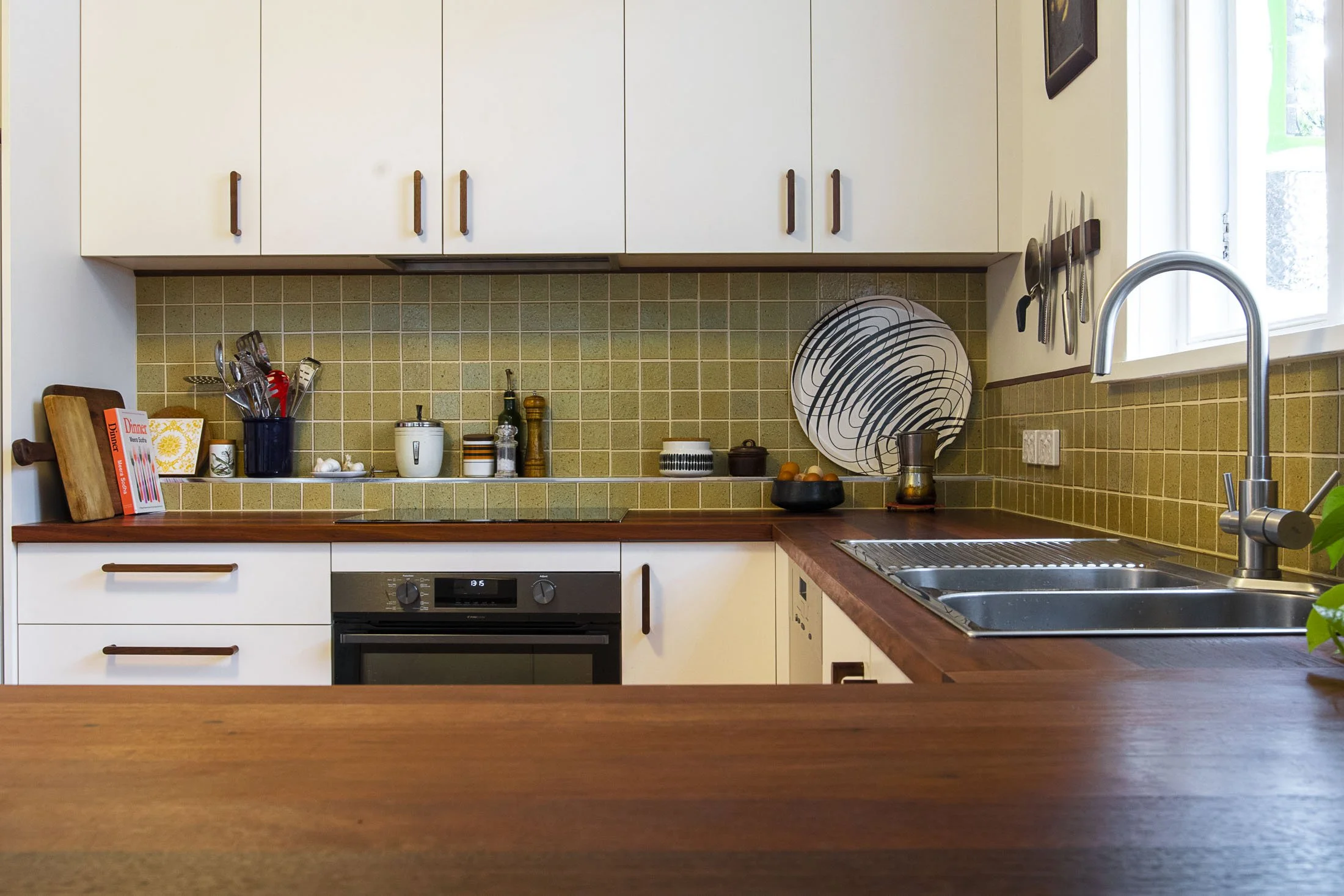Using reclaimed timber for instrument making
There’s nothing quite like playing a beautiful, bespoke guitar. Picking one up, looking closely, and hearing it ring out is to commune with the love put into building such a finely-crafted object. However, the world of luthiery (or the art of stringed instrument making) is one that is reckoning with high demand for exotic, rare, and endangered timber species.
There’s no secret in why particular timbers are used in instrument making: they look and sound good! However, just as we want to be stewards of generations of music-creation to come, we must also be stewards of the forests and ecosystems where those materials are harvested from.
Guitars by luthier Steve Szell - read more about his approach to using recycled timber here.
What is tonewood?
You may have heard the word tonewood used when describing timber used in instrument making, but what is it exactly? Tonewoods are a broad group of timbers across different species and from all around the world that have specific tonal and/or acoustic qualities. There is no definitive list of tonewoods, and in fact what is considered a tonewood (and what is not) changes over time as different timbers become more accessible or better understood.
At its most simple, tonewood is any timber that, when used to build an instrument, makes the instrument sound good – and both the process of building instruments and the definition of “good” are highly subjective things! There are also different schools of thought about when to use different timbers, for example it’s generally accepted that tonewoods play a much larger role in the sound of acoustic instruments than electric ones (for which most of the tone comes from electronic components), so we can be selective in how we use rarer or more exclusive timber for uses where it will sing the loudest.
Why not use reclaimed timber for everything?
While we’re huge fans of reclaimed timber, we also recognise there are limitations to its use. As mentioned in a previous blog post, while there are many uses in home or workplace renovations, the structural use of reclaimed timber is still a difficult process. Similarly, there are some uses where reclaimed timber may not be suitable for an instrument, such as because it does not have the correct grain orientation, limited supply, damage from previous uses or from processing for reuse, or simply because it’s a species that isn’t commonly reclaimed.
However, that doesn’t mean there aren’t many uses for reclaimed timber throughout the instrument making process, including (but not limited to):
Solid body guitar blanks, including two pieces slabs or multi-piece glue ups
Timber details, such as inlays, veneer, binding, backstrips and purfling, and more
Structural elements such as bridges, kerfing and linings, necks, headstocks, and more
Backs and sides of acoustic or semi-electric models,
and even tops and soundboards of acoustic instruments
As with any recycled timber use, we have to think a bit smarter because of potentially limited stock, but these limitations can also inspire new uses and approaches and impart so much character and history into new instruments.
A telecaster-style guitar body Liz made entirely from reclaimed timber, with a Radiata pine and Red cedar body, Huon pine pickguard, with a second hand neck attached.
Where to start?
Liz, one of the founders of Among The Trees, recommends experimentation and exploration as central to her making process.
I’m still very early in my luthiery work, but knowing that there’s this source of timber that is good for both the instruments and for our forests helps me to feel less stressed about trying new things and making mistakes, and the end results speak for themselves. If you’re not sure what will work, try it out and see - the worst thing you will have at the end is a learning experience.
If you’re interested in using reclaimed timber for instrument making, or learning more about timber in general, come and visit us in store and talk with our friendly staff. Our exotic section of the shop is especially fun for finding something unique and exciting for your next instrument or other project, and we regularly have stock of Australian red cedar, Kauri pine, New Guinea rosewood, American white oak, as well as occasionally having stock of timbers like Huon pine, Australian walnuts, Southern silky oak, and much more.








